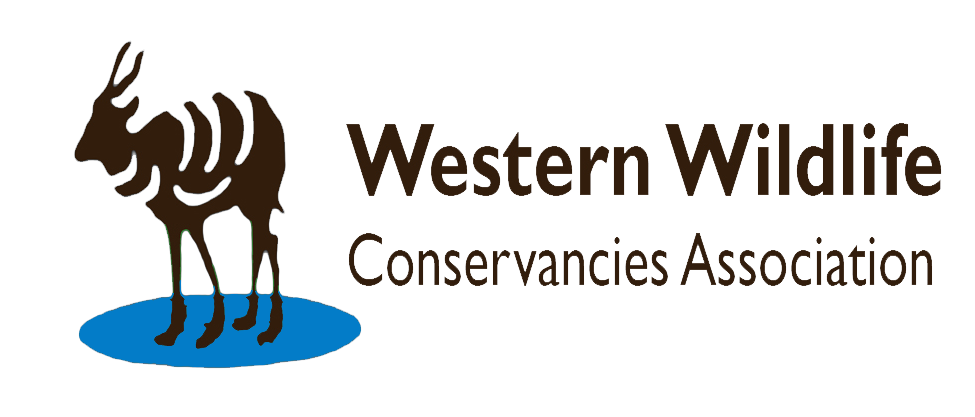Our History
The formation of the Western Wildlife Conservancies Association in 2014 was a significant development in Kenya’s conservation history.
How It all Started!
The story of conservation in Kenya is a rich tapestry woven from various threads of history, culture, and faith. Among these, the contributions of the Friends Church (Quakers) and their early initiatives in Western Kenya stand out as pivotal. These efforts, which began in the early 20th century with the establishment of mission centers in Kaimosi, not only laid the foundation for local conservation but also contributed to the broader national movement that eventually led to the creation of the Kenya Wildlife Service (KWS).
1902
The Friends Church arrived in Kenya in 1902, establishing their first mission station in Kaimosi, located in the lush and verdant Nandi Hills. Their mission was initially centered on evangelism, education, and healthcare, but they soon recognized the pressing need to address environmental degradation, which was becoming an issue for the local communities.
1940's
In the 1940s, the Friends Church launched the Lord’s Acre Project, one of their earliest and most influential conservation initiatives. Based on a biblical concept, the project encouraged local communities to set aside a portion of their land for God, which in practice meant managing it sustainably to prevent soil erosion, promote reforestation, and support sustainable agriculture.
1989
Kenya Wildlife Service (KWS) was officially established by the Kenyan government to manage and protect the country’s wildlife and natural resources. The creation of KWS was a response to the growing threats to Kenya’s wildlife, including poaching, habitat loss, and human-wildlife conflicts.
Over The Years
This is grounded in the idea that local communities and landowners can be effective stewards of wildlife and habitats if provided the right incentives, benefits, and decision-making authority, conservancies have emerged as a management and governance framework that seeks to empower local communities. With the enactment of the Wildlife Conservation and Management Act of 2013, conservancies are now formally recognized as land use models that empower local people to lead conservation and natural resource management efforts.
This is also aligned with Kenya’s Constitution of 2010 that states that Land shall be managed in a manner that is equitable, efficient, productive, and sustainable, including protection of ecologically sensitive areas. The Constitution also states that Every person has a duty to cooperate with state organs and other persons to protect and conserve the environment and ensure ecologically sustainable development and use of natural resources.
In more recent policy changes, the Community Land Act, No. 27 of 2016, promotes wildlife conservation and natural resource management on community land as well as formalizing stronger democratic decision making on community conservancies. land. It also offers a safeguard for the development and sustainability of the Conservancies. This has in turn incentivized communities and landowners to prioritize conservation as a land use, which is critical for the survival of wildlife given the country’s rapidly growing human population, increasing habitat conversion, and developing infrastructure, all of which pose serious threats to ecosystem health. Today, there are more than 160 conservancies covering 11% of Kenya, spread across 28 counties, with 76 of them being community owned and managed. They encompass diverse ecosystems: from range lands to forests to marine environments.
2013
In 2013, the Kenyan government passed the Wildlife Conservation and Management Act, a landmark piece of legislation that aimed to modernize the country’s approach to wildlife conservation. The Act recognized the critical role of community conservancies in protecting Kenya’s wildlife and ecosystems and provided a legal framework for their establishment and management.
2014
In response to the 2013 Wildlife Act, conservancies in Western Kenya, in 2014, these conservancies came together with other like-minded individuals and communities to establish the Western Wildlife Conservancies Association (WWCA). The formation of WWCA was a significant milestone in the region’s conservation history, as it marked the first time that multiple conservancies in Western Kenya had united under a common umbrella to pursue shared goals.
